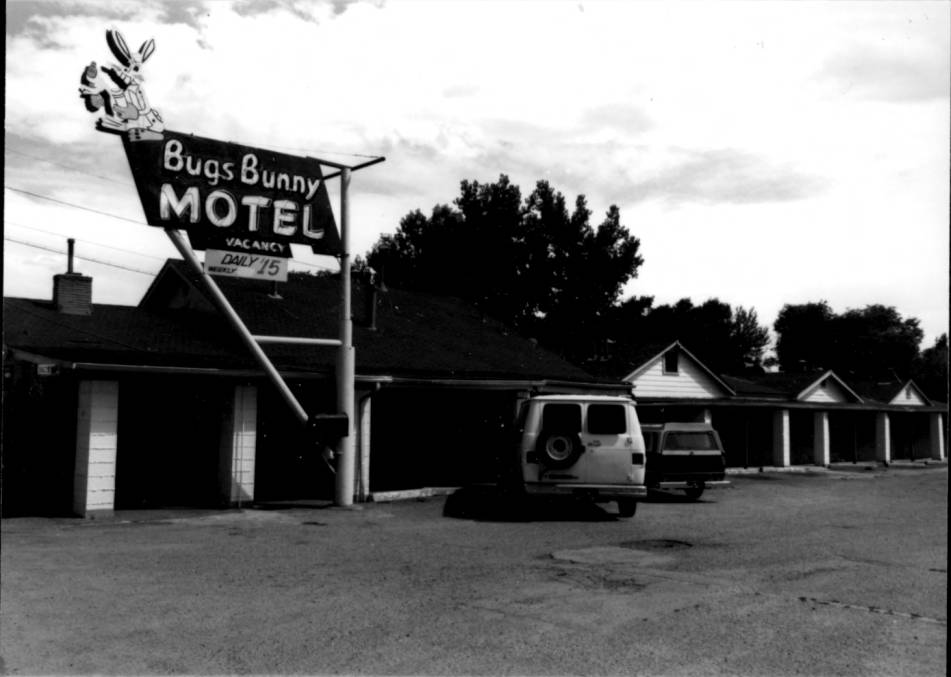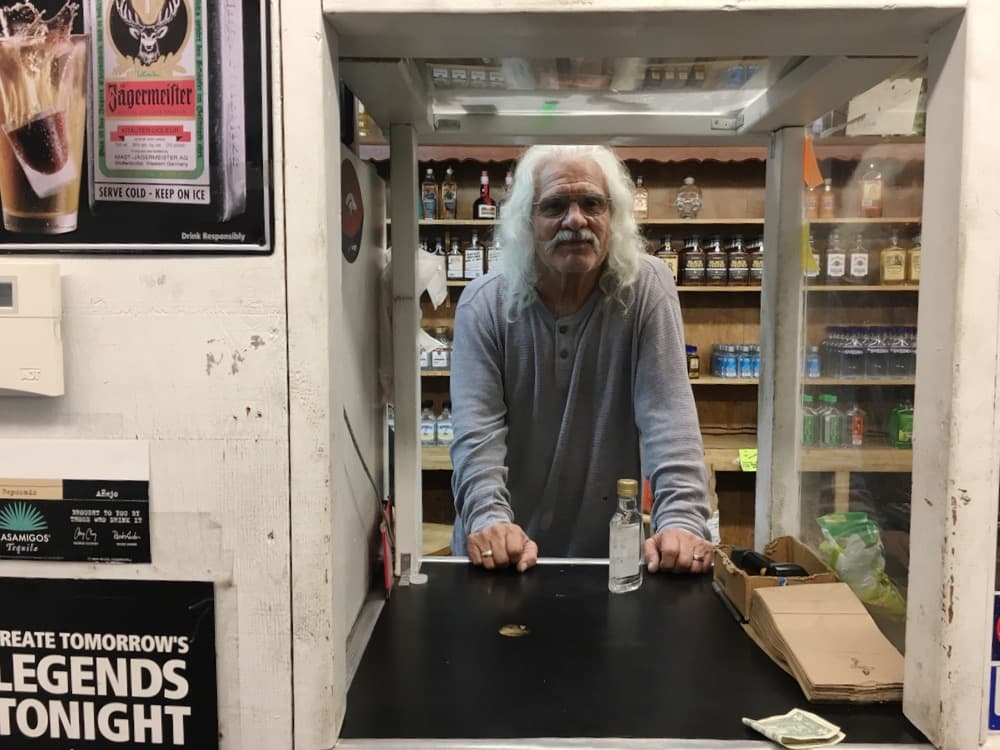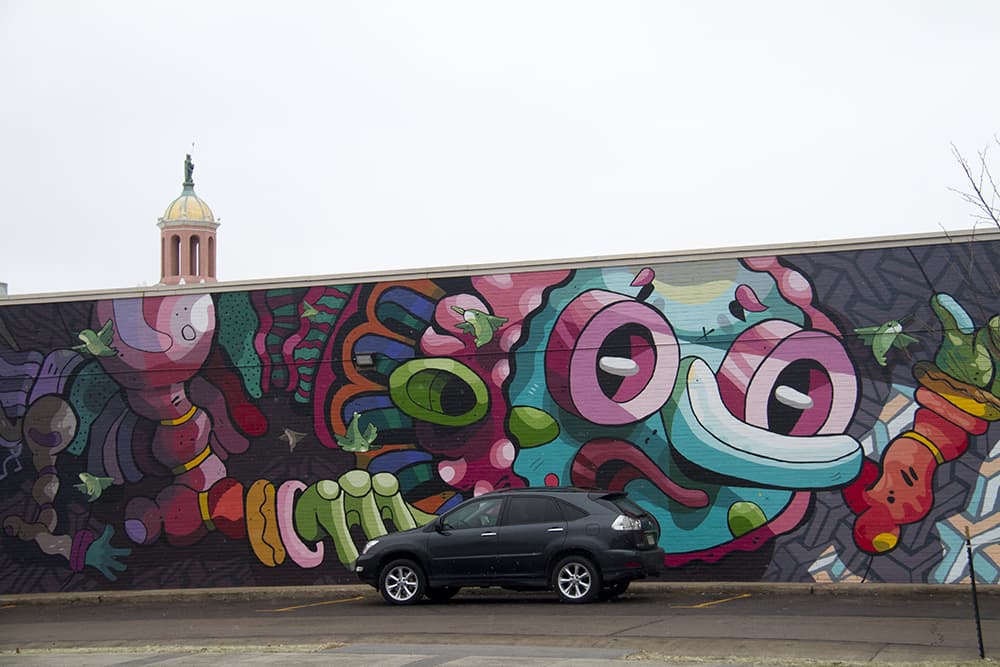Where is downtown Lakewood? That's a question with a complicated history in this fast-growing city.
Back in the 1930s, business owners declared that "downtown" stood at West Colfax Avenue and Wadsworth Boulevard. Today, though, Lakewood's commercial heart has migrated a few miles south.
The Belmar shopping district in 2004 became Lakewood's official downtown, complete with an illuminated sign and hundreds of new apartments -- a remarkable achievement for a shopping mall in a largely suburban city.
"A lot of folks thought that labelling it 'downtown' was not ideal, but it’s become much like one," said Councilman Charley Able.
West Colfax Avenue, meanwhile, has languished for decades. The historic buildings and neon signs are largely gone. Poverty and homelessness have become increasingly evident. Developers showed little interest in the area for decades, except to build large new shopping centers.
Now, Lakewood's city leaders are trying to bring dense new residential and commercial buildings to the avenue. The construction of a new light rail line has started that process -- but it's far from finished.
"Colfax is never going to be what it once was. The age of miles and miles of strip retail serving the retail needs of a community are behind us," said Travis Parker, planning director for the city of Lakewood.
"We’re looking at it as creating a new environment — an environment that would work in today’s world."

How we got here:
West Colfax Avenue in Lakewood started as a rutted dirt road, the simplest way to reach Golden from Denver. But Lakewood, unlike those cities, wouldn't see major development until the 1920s and later -- after the mass adoption of the automobile.
By the '50s, it bustled with auto-centric amenities to the east and west. Throughout its history, local businesses tended to choose cars over people, emphasizing more lanes over more sidewalks.
Even so, it was the commercial heart of the city, and merchants started referring to the Wadsworth and Colfax intersection as "downtown" around the 1930s, according to a historical study.
"It’s an odd thing to say about such a linear entity, but Colfax is our first downtown. It was accessed by vehicles, but it was where you want to shop and get your groceries, get a beer," Able said.
"You could go and actually get most of what you needed without driving too far. We had a couple of grocery stores," said Maddie Nichols, who has lived off Colfax for nearly 50 years.

The many attempts to save it:
The decline of suburban Colfax came as Interstate 70 diverted traffic and tourists. At the same time, shoppers in the '60s and '70s flocked to shiny new shopping malls with vaguely European themes, like Lakewood's Villa Italia and Englewood's Cinderella City.
"After all that traffic stopped going west on (U.S.) 40 … those motels just became rundown places. And there's still a lot of them that are," said Nichols, co-chair of the Two Creeks Neighborhood Organization.
Lakewood has tried for decades to bring some new life to Colfax. In 1976, city plans called for "high-density apartment buildings, townhouses, and businesses," according to a historical survey commissioned by the city.
That didn't happen. Most of the new investment in the avenue has come in the form of big box stores, such as the Walmart Supercenter that opened in 2005 and the Home Depot that followed
In between their vast parking lots, the avenue's buildings and infrastructure have shown more and more of their age.
"Things have almost been frozen in time. Small little sidewalks, not a lot of street lights. It's just kind of old," said Adam Paul, mayor of Lakewood, in an interview.

The avenue's roadside motels, meanwhile, have become a last-resort housing choice for people who can't afford permanent housing, and poverty and homelessness have become more evident on the avenue itself in recent years, according to the mayor.
"Denver has pushed some of those issues to the ‘burbs. It's new to us," Paul said.
Esteban Lopez agreed. “It used to only be on East Colfax. Now it’s end to end," he said from the cashier's window at the liquor store where he works. He has worked for decades along Colfax and has noticed more homelessness on the avenue since the Great Recession, he said.
Marcē Jones, 31, was walking the avenue after finishing work on a recent afternoon. "I avoid the place like a motherfucker," he said of West Colfax -- but he still comes down to help family members who live in motels off the avenue.
“It’s very tough. It’s hard to survive out here.”

What's changing:
The construction of the W light rail line -- which opened in 2014, two blocks south of Colfax -- was long expected to be the magic bullet that brought new attention to the avenue.
"When we did our comprehensive plan in 2015, the city viewed Colfax Avenue as one of the areas that needed some love. It needed some redevelopment, it needed some investment," said Parker, the city planner.
"We coupled that with the fact that we had a lot of people coming to Lakewood. What we saw was a way to accommodate those people and provide reinvestment in those areas at the same time."
To accomplish that, Lakewood declared the avenue to be a high-growth corridor. The city's new plans said that high-rise residential buildings could finally join the commercial buildings along Colfax, and they designated areas for larger residential and commercial buildings around its new transit stops.
There are signs that change is happening.
Lopez, the store employee, has been cheered to see an influx of new Latino homeowners fixing up the residential blocks close to Colfax Avenue, he said. A city report recently found that Latinos were "by far" the fastest-growing segment of Lakewood's population.
In 2014, the opening of Lamar Station Crossing and its 110 mixed-income apartments was hailed as "the first of many more to come." In 2015, the WestLink at Oak Station apartment building opened on the site of a former Target.
Earlier this year, West Line Apartments opened two blocks south of Casa Bonita with luxury units that rivaled prices in downtown Denver. And there also have been hundreds of tightly packed individual homes planned and built along the corridor, according to Parker. Soon, that will include more than 130 row homes in West Line Village near Sheridan Station.
"We certainly are seeing it in our area," said Nichols, co-chair of the Two Creeks Neighborhood Organization.
Still, some say the avenue needs more than apartments and townhomes.
"In mixed-use development, it says that residential is an ancillary use, subordinate (to commercial uses) ... but yet our applications for purely residential have been allowed in those mixed-use areas," said Councilman Able.
Able worries that the development pattern is trending toward monolithic apartment blocks -- and not the mix of restaurants, offices and residences envisioned in recent community plans.
He bemoaned that the city now was "getting 300 unit market-rate apartments in mixed-use areas. It increases the density and doesn’t leave that breathability."
Tom Sabel, 63, said the pace of change on Colfax itself has been "glacial." And the development that has materialized so far has been underwhelming, he added.
One developer came to a community meeting "and talked about mixed-use retail, this and that ... We were really excited about that," he said. But things didn't turn out that way. "What do you get? You get a nondescript office building."
Jones, meanwhile, wants to see more immediate improvements for the people living on the corridor, including cheaper bus fares.

What's next?
Mayor Paul acknowledged that much of the new development has been housing, and he thinks that's a good thing.
"You need the new residential to support new retail. And so, to have that coming in and have some of that investment in areas that haven’t seen it in decades is huge," he said.
And he can point to one change on the avenue itself: The home of Casa Bonita is looking sharper these days. A recent renovation of the shopping plaza even included a pedestrian plaza shaded by artsy canopies.
"It’s still a strip mall, but for something that sat barren -- and really the only draw was Casa Bonita -- it’s finally coming back to life," he said.
The mall's new tenants include that classic sign of new money: a brewery.
Owner Anthony Martuscello knew from the beginning that he wanted the new Westfax Brewing Co. to be on Colfax Avenue, he said.
“It’s iconic. It’s famous. Its infamous. Everybody knows Colfax," he said. Customers to the eight-month old business are coming in from across the metro, he said, and he's looking eagerly to the wave of new development around Sloan's Lake, about 1.6 miles east on Colfax.
“I think we’re going to see more businesses move in as the density goes up," Martuscello said. "Everything’s going to fill in."
Interestingly, he and other business owners are taking cues from the River North area of Denver.
Like RiNo, West Colfax now is home to an arts district that bands together galleries and stores, including Westfax Brewing. The 40 West Arts District was kickstarted in 2014 by a $100,000 grant from the National Endowment for the Arts. It's recently started running a free shuttle for First Friday visitors, and it even threw a street-art festival that left murals on walls around Colfax.
The mayor, meanwhile, is offering tours of West Colfax to Denver restaurateurs. "I want to show them the opportunity," Paul said.
If the area's new boosters successfully follow the RiNo formula, that art district could turn West Colfax into a draw for affluent art-seekers -- and then, perhaps, draw developers hoping to cash in on that creative brand.

Before that can happen, though, Lakewood will have to reckon with the big questions of Colfax.
One of those challenges is physical. Parts of West Colfax are in the flood plain. The risk of flooding is serious enough that it has driven away investors, including a group that wanted to open another brewery, according to the mayor.
"That’s going to be a major, major project," Paul said. "We’re going to look at that area."
There's also the inevitable question of gentrification. Would a wave of new residents displace the people who already live along Colfax?
The mayor said he has no intention of "whitewashing" Colfax Avenue.
"Folks living in their cars, utilizing the motels -- that’s absolutely a symptom of that gentrification," he said. "The apartments that used to be relatively affordable, investors are buying them, they’re fixing them up and people are getting evicted."
Poverty and homelessness, Paul said, need to "become a bigger conversation for (Jefferson County) and all of the cities in the county."
That conversation has been rather mixed so far in Jeffco. Earlier this year, county commissioners seriously considered rejecting federal housing money after activists raised fears of a "war on the suburbs."
At the same time, Colfax's swaths of parking lots and aging buildings could provide an opportunity. One vacant office tower in Lakewood is already being rebuilt as affordable housing.
"What we’ve seen in Lakewood is there’s a place for all of that. It's kind of not shunning the past, but looking at our challenges, seeking the opportunity," Paul said. "Now, it’s just trying to make sure we keep the momentum going."















